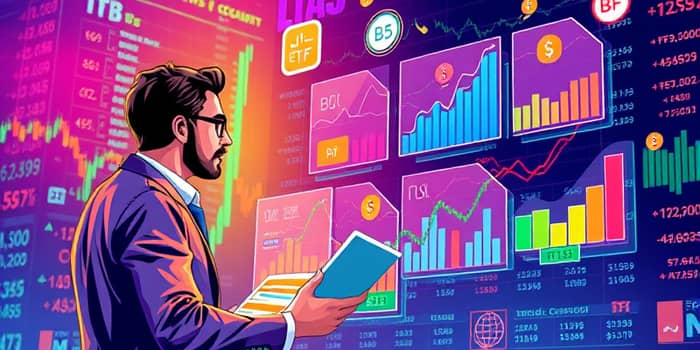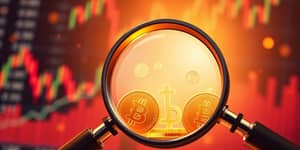
Investors today face a dizzying array of options, from individual stocks to mutual funds. Amidst this complexity, Exchange-Traded Funds (ETFs) have emerged as one of the most powerful and flexible tools. This guide will illuminate the essentials of ETF investing while delivering practical strategies for long-term growth.
By exploring structure, types, costs, risks, and real-world applications, you will gain the confidence to build a resilient portfolio that aligns with your financial objectives.
An ETF is a pooled investment vehicle that trades on exchanges like a stock. Each share represents proportional ownership of the fund’s diversified portfolio, which can include equities, bonds, commodities, or a blend of these. ETFs are registered with the U.S. Securities and Exchange Commission either as open-end funds or unit investment trusts, ensuring transparency and regulatory oversight.
The core appeal of ETFs lies in the transparent disclosure of daily holdings and the liquidity that mirrors individual stocks, offering investors the ability to enter or exit positions at market prices throughout trading hours.
ETFs come in a variety of forms, each tailored to specific market segments and investment goals. Understanding these categories helps you select funds that suit your strategy.
Whether you are a new or seasoned investor, ETFs present compelling advantages:
The global ETF market has experienced explosive growth. By March 2025, U.S. equity ETFs alone held over $8.14 trillion in assets under management. Net inflows for the first quarter of 2025 totaled $307.8 billion, underscoring robust investor demand.
International markets, like Taiwan, saw AUM climb by 65% in 2024, reaching NT$6.4 trillion and fueling a surge in retail participation. These figures illustrate that ETFs are not just a U.S. phenomenon but a global investment revolution.
At the heart of ETF efficiency is the creation and redemption process. Authorized participants assemble baskets of underlying securities and exchange them for ETF shares, or vice versa. This mechanism helps keep the ETF’s market price aligned with its net asset value and supports deep liquidity across market conditions.
Because new shares can be created on demand, ETFs respond dynamically to investor flows, preventing large deviations between trading prices and underlying asset values.
To choose the right ETF for your portfolio, assess:
• Expense ratio relative to peers
• Index methodology and tracking accuracy
• Average daily trading volume and fund size
• Historical risk-adjusted returns
• Tax implications based on fund structure
Always read the fund’s prospectus to understand objectives, strategies, and risks before investing.
Begin by opening a brokerage account that offers commission-free ETF trades. Many platforms now support fractional shares, enabling precise allocation of your capital even for high-priced funds.
Develop an investment plan that defines your time horizon, risk tolerance, and target asset allocation. Consider using automated tools and periodic rebalancing to keep your portfolio aligned with your goals.
While mutual funds have long been a popular vehicle for diversification, ETFs have distinct advantages:
ETFs trade intraday like equities, offering timing control and transparency on pricing. In contrast, mutual funds execute trades at end-of-day net asset value, which can obscure price movements during market volatility. ETFs also typically deliver lower expense ratios and greater tax efficiency due to their creation/redemption structure.
For investors seeking agile market access with minimal expense, ETFs often stand out as the superior choice.
ETFs in the U.S. are governed by the Securities Act and the Investment Company Act, with ongoing oversight from the SEC. Regular disclosure requirements ensure that holdings, fees, and operational details are available to investors, promoting accountability and market integrity.
ETFs have transformed the investment landscape by blending diversification, cost efficiency, and liquidity into one versatile package. Whether you aim to capture broad market trends, hedge risk, or pursue niche strategies, ETFs provide the tools to meet your objectives.
By understanding their structure, evaluating key metrics, and employing disciplined investment practices, you can harness the full power of ETFs. Embrace this dynamic asset class and build a resilient portfolio for generations.
References













